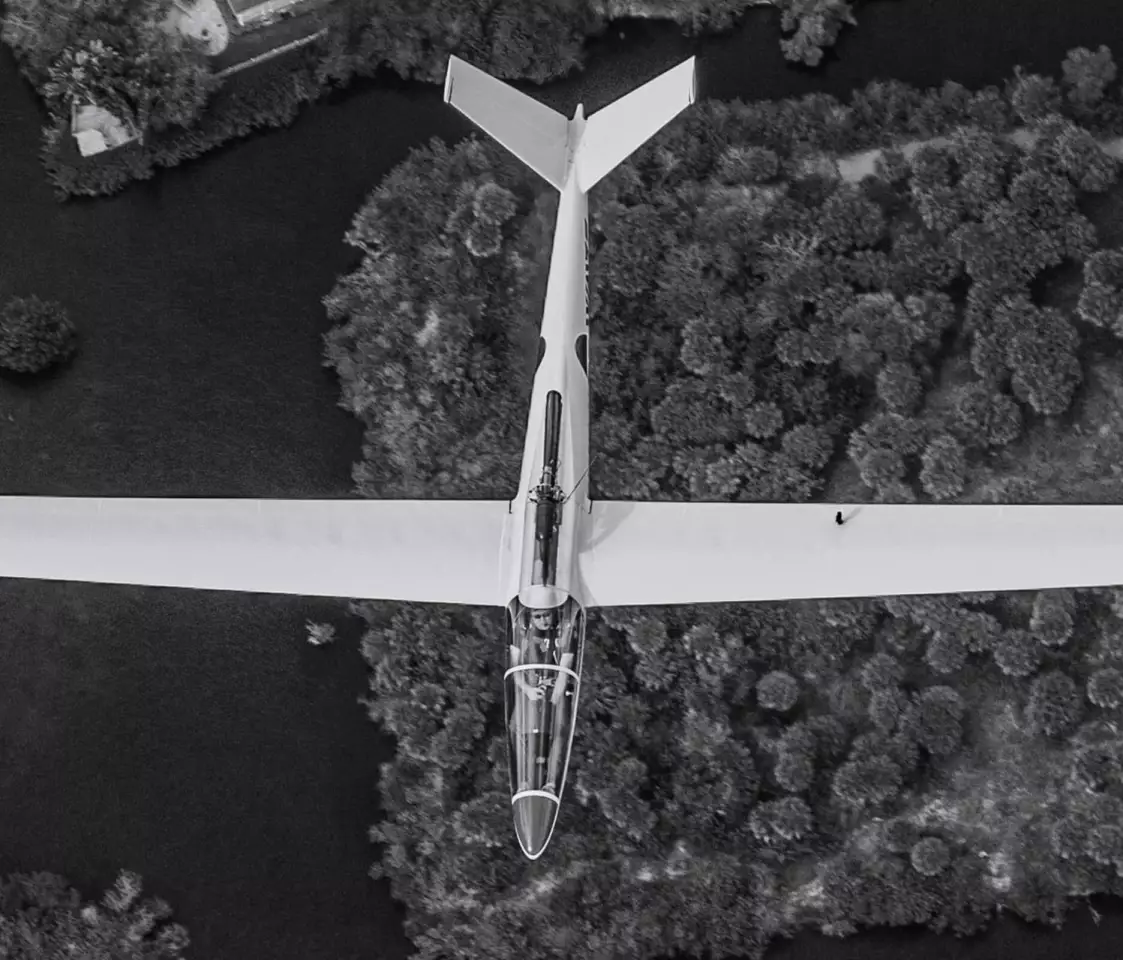Wave Engine Corp has aced a demonstration flight of a simple jet engine with no moving parts. A modern version of a pulsejet, the J-1 engine powered a UAV through take-off and several mid-air stop/starts before the aircraft nailed the landing.
The Wave Engine is an evolution of the pulsejet engine, a simple jet propulsion device where air is fed into a chamber and fuel introduced. This is ignited to produce a fireball that forces high-pressure heated gasses down a tube and out of the tailpipe, creating thrust. As this happens, the pressure inside the engine drops and creates a partial vacuum which draws fresh air in, and another burst of fuel is ignited to repeat the process.
This is not new technology of course. The pulsejet has been around in one form or another for more than a hundred years, most notably during WWII when it powered the so-called buzz bombs – an early cruise missile with a fairly limited range that caused daily mayhem and destruction throughout London from mid-1944.
The advent of online video platforms has become fertile ground for backyard inventors to test their pulsejet mettle, with "crazy rocketman" Robert Maddox regularly breathing fire on motorcycles, karts, trikes, skateboards and dragsters. But it's the ever-charismatic Colin Furze we've selected to highlight the essence of these ear-splitting madcap builds, with his now 10-year-old jetbike test video.
Wave Engine has spent the last few years tweaking the formula, and now reckons that its "proprietary technology enables high speeds and allows for an order-of-magnitude reduction in the cost and complexity of jet propulsion."
Where some designs utilize mechanical valves, the digitally controlled Wave Engine uses a short intake tube as its valve. The combustion chamber sits in front of this and then curves into the tailpipe. When the air/fuel is ignited, the explosion – or more correctly deflagration – sends the hot gasses out of both tubes to generate thrust. Air is sucked in by the resulting vacuum inside, and the process starts afresh with a new ignition.

The first full-scale prototypes were developed and tested at the University of Maryland in 2016. An initial seed round in 2018 raised US$1.45 million, followed by development funding from DARPA to the tune of $3 million. The company then took to the air with the first manned aircraft demonstrator in 2020 – where the prototype engine was reportedly engaged mid-flight. The US Air Force Armament Directorate added a cool million to the development pot in 2021, and a second seed round in 2022 brought in another $3.5 million from the private sector.

Now Wave Engine's first product has been launched in the shape of the 55-lbf-thrust (245-N) J-1, which has been used as the sole powerplant for a 100-lb (45-kg) Conventional Take-Off and Landing unmanned aerial vehicle (UAV) dubbed the Scitor-D. This time the test flight included remote start using liquid fuel, self-powered take-off, climb-cruise, mid-air engine stops and landing. Ear protectors at the ready for the video below!
The J-1 engine measures 5.5 x 12.5 x 64 in (14 x 32 x 163 cm) and tips the scales at 18 lb (8.2 kg). It's reported capable of running on gas (87 Octane), ethanol-based biofuel (E85), and kerosene-based fuel (Jet-A/JP-8), and is said to have demonstrated fuel efficiency to rival turbine-based engines (at under 2 lb/lbf-hr), though development continues and performance is expected to improve.
"We continue to push the performance and flight envelope," said Daanish Maqbool, CEO of Wave Engine Corporation. "We have worked for years to harness the power of sound and fire, and we believe it is going to change the industry."
Pricing has not been revealed, but Wave Engine told us that its technology "is a general purpose one that is suitable for military and the commercial sectors. At present, we are mainly seeing interest from military customers and partners in utilizing this technology for attritable aircraft. Ultimately, we believe this technology will also enable new classes of aircraft for civil markets." A 220-lbf (978.6 N) K-1 engine designed for aircraft up to 1,000 lb (450 kg) is also in the works.









